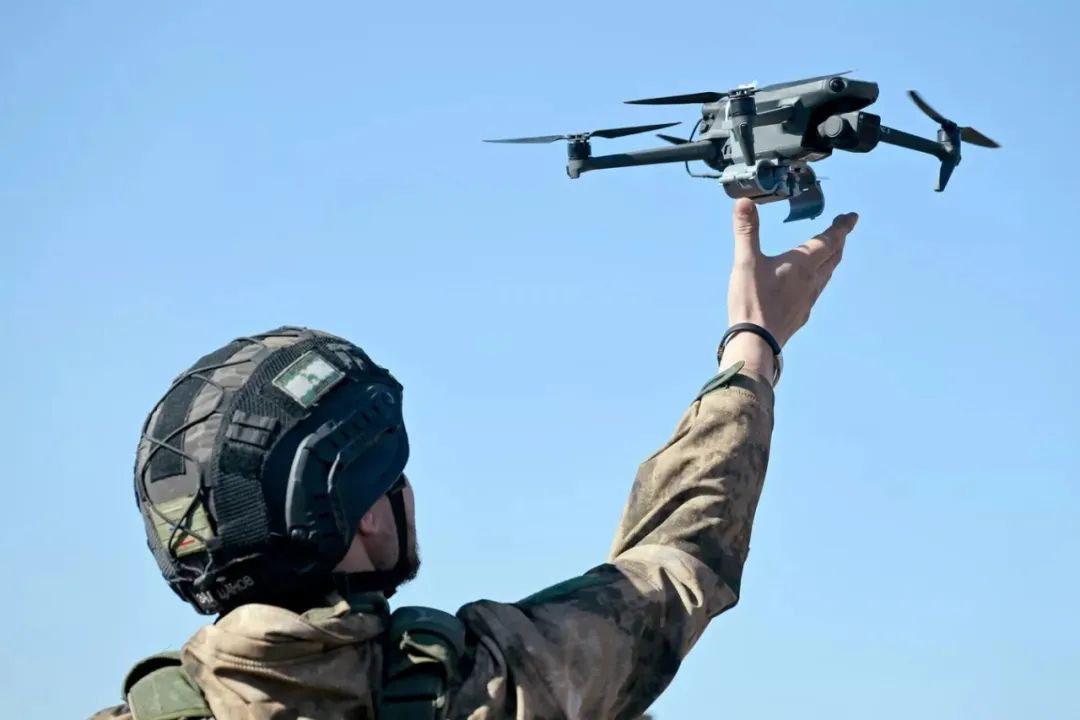 2025-06-02
2025-06-02
To discuss all aspects of UAV flight control, we need to sort out the basic ideas of control science itself first, but control science is all-encompassing, so this series of articles can only mainly involve the parts related to UAV flight control.
When it comes to control, robots, factory assembly lines, aircraft rockets, etc. will flash in people's minds. These are all advanced systems brought about by the development of control science. Since they are all too complicated, it is difficult for us to see clearly what control is through them. Then we might as well start with an episode about the essence of control science: there was once a complicated scheme in which practical workers were not convinced by an academic professor. So he came up with a sentence, "It's not a big deal that you control, just that the parameters are adjusted down when they are big, and the parameters are adjusted up when they are small." After listening to it, the professor was stunned and was so suddenly replied that he couldn't remember any reasons for refutation at that time, so he was furious. This paper will try its best to answer whether this worker's statement is reasonable, why the professor feels wronged, and what are the core ideas of control science.
We can imagine the following scenarios in our minds:
1. Throw a stone into the distance with maximum force;
2. A section of wood flows downstream in the water;
3. Let the car drive at a constant speed through the depth of the throttle.
For scene 1, ignoring the air resistance, the stone is subjected to the combined action of thrust and gravity when it is in the hand, but after it is thrown out, it is mainly subjected to gravity. Here, if the stone affected by gravity is taken as the controlled object, the thrust of throwing the stone by hand is the input of the controlled object's movement, or excitation. This system only has input for an initial period of time, so the stone can only move along the parabolic trajectory under the action of gravity, and the speed and direction cannot be controlled.
For Scenario 2, in addition to the gravity and buoyancy that cancel each other out, the wood will be constantly pushed by the current. This thrust will accelerate the speed of the wood to the current speed in an ideal situation, but if the speed of the wood is greater than the current speed, the thrust direction is opposite. In short, if the wood subjected to gravity and buoyancy is taken as the controlled object, as long as the speed of the wood is inconsistent with the current, it will be controlled and input by the current, so that the two speeds will be as consistent as possible.
